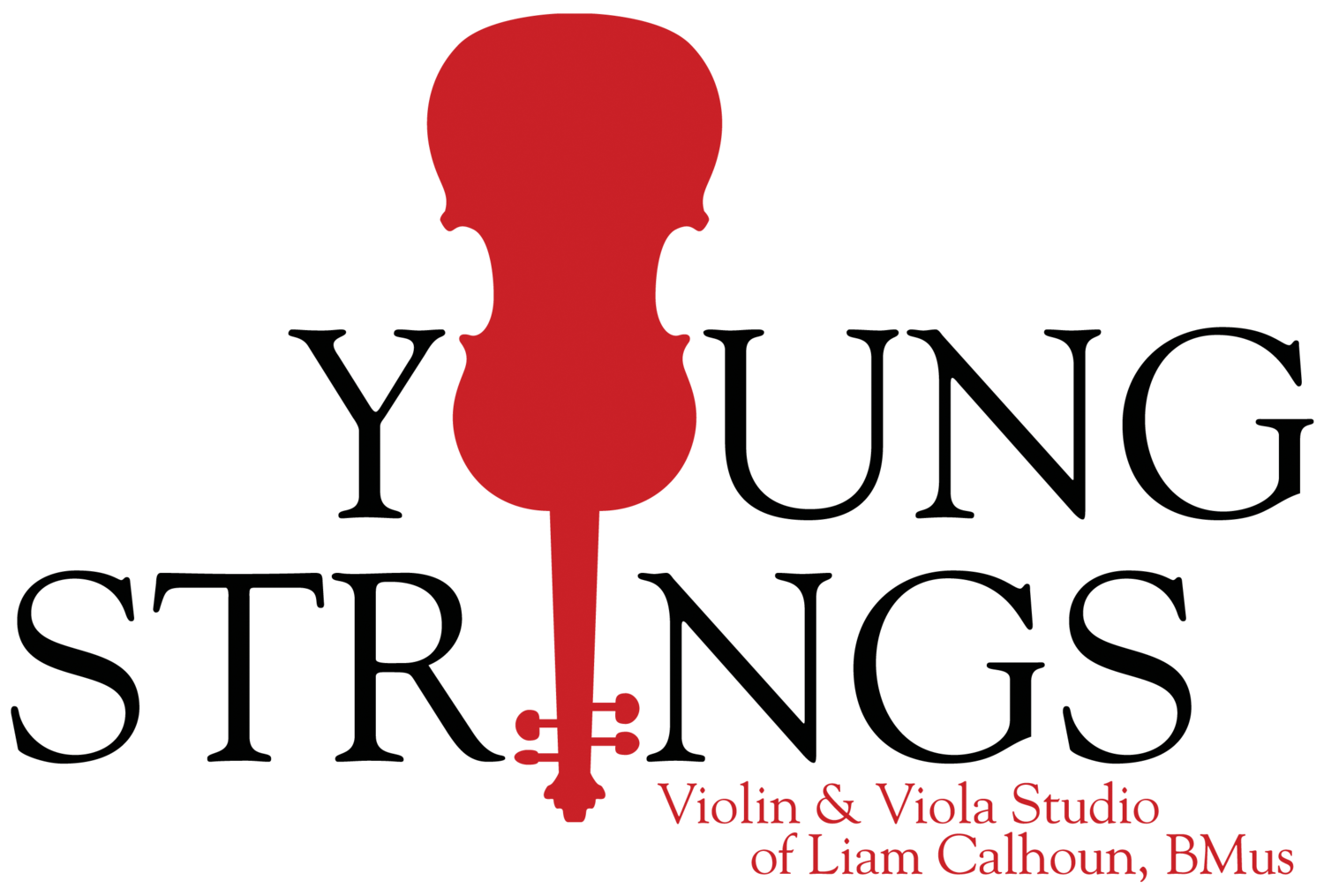Teaching Electric Violin and Computer Music
As an avid maker of computer music, as well as a busy performing violinist/violist, my two creative fields rarely cross. However, over the last year, I have been working on a setup in my home studio, mainly based around my electric violin, that allows me to produce a huge variety of sounds, improvise and loop melodies, and add and subtract layers to create some improvised jams.
The heart of my jamming setup - Ableton Push 2 and NS Design WAV5 Electric Violin.
One of my biggest priorities for this new school year of teaching violin and viola is to find out what music my students are interested in, and how we can incorporate this into their lessons effectively. A student of mine is both very interested in electronic music and playing violin, so we set up a lesson where he had the opportunity to try out some of the possibilities that I’ve come up with in my own creative path.
We started out by picking a musical key to work from – A minor pentatonic was something we had previously worked on in lessons and seemed like a good choice. Easy finger patterns, easy to remember, easy to create effective melodic lines from. After I programmed in a simple drum pattern to keep a steady beat, we created a simple 2-bar pattern bassline:
Although clearly the technique required to pluck the strings in such a way is much different than anything we had covered in Suzuki Book 1, skills that we had worked on a great deal are absolutely utilized – picking a good sound point to pluck easily, good intonation, listening to the sound to dampen it at the right time, tight rhythm.
Next, we came up with a simple pad-type loop using the bow, again with A minor pentatonic and just a few notes. Because the electric violin sound is quite processed, it isn’t necessary to concentrate on making a beautiful tone like on an acoustic violin. Instead, the focus is placed on playing notes that sound good melodically/harmonically, good rhythm, and good intonation. Had my student been the one creating the presets to process the violin sounds, sound design would perhaps be the biggest focus!
Already, a nice bit of counterpoint was forming between the two instruments playing, and I could definitely tell that Russell was quite excited about what we were doing. We finally added a square-wave sounding violin lead preset to solo on A minor pentatonic over top of everything. Practicing these scales and remembering the finger patterns really came in handy.
This was a lot of fun to put together with a student, and it is always inspiring to see someone much younger than me grasping concepts that I didn’t start to put together until many years into playing violin and writing music. Music and technology are certainly only going to get closer in the future, and it is amazing to give my students an opportunity to experiment with sound design, looping, composition, and improvisation in addition to their regular acoustic violin/viola lessons.



